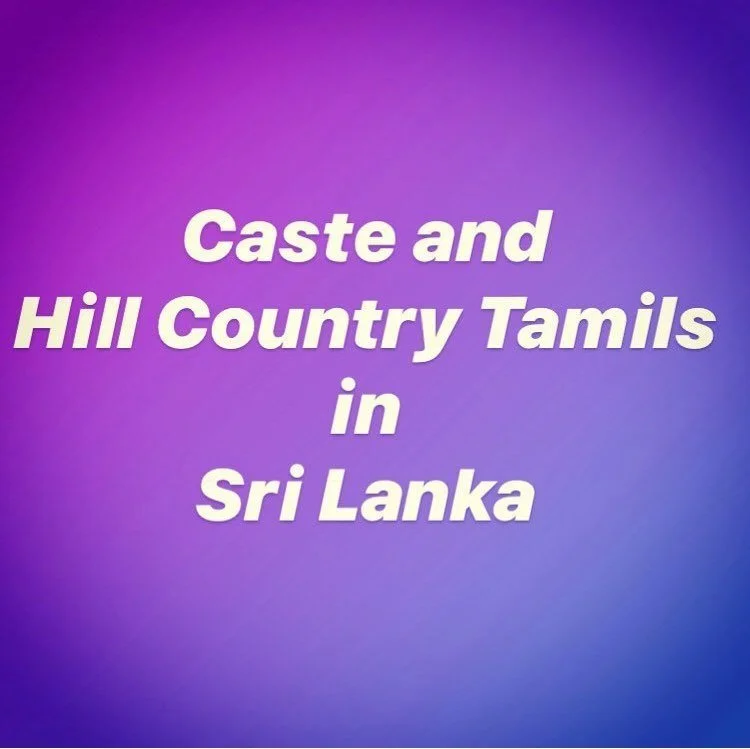Hill Country Tamils
“In 1823, the first batch of Tamil labourers came from Tamil Nadu then called the Madras Presidency.
They came from the districts of Chengalpattu, Coimbatore, Madurai, Thanjavur, Thiruchirapalli and other parts of India to work in the Sri Lankan coffee plantations.
The bulk of the Indian Tamil plantation workers in Sri Lanka were drawn from the most oppressed and lowest caste groups in South India.
While this may be an artifact of great poverty...it appears that the colonial masters and the employers of such labourers were deliberately looking for those from the relevant caste groups in their search for a pliant work force due to their firm stereotypical views about race and caste of workers.
Over 75 percent of the Indian Tamil labourers represent the lowest levels in the South Indian caste hierarchy, but interestingly those in supervisory grades were selected from among the higher castes.
The system of indentured labour that evolved in the plantations shared many features with the caste system as mobility of labour was restricted.
Those who are considered to be of higher castes such as Maravar, Kallar, Agamudayar and Vellalar occupied the first row of line rooms. They performed respectable jobs such as factory work and grinding of tea. They worked as minor employees too. Even though they belong to the labour category they were influential among conductors, tea makers, Kanganies or supervisors and other officials.
The workers considered low castes lived in the dwellings that are away from the center and these dwellings are called distant or lower lines. This group consists of Pallar, Paraiyar, Sakkiliar, Washers and Barbers. The yard sweepers and changes of clothes are in the lowest rank.”
-Estate Tamils of Sri Lanka: A socio-economic review, Ilyas Ahmed H & -A Historical Survey of Social Class and Caste System in Sri Lanka, M Riswan
